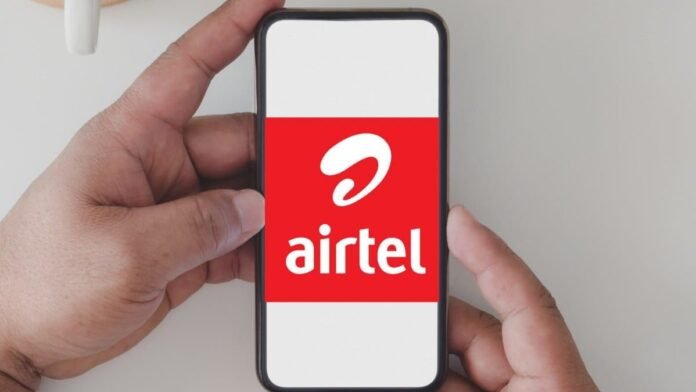In a significant move aimed at bolstering financial health and enabling future investments, Bharti Airtel, India’s second-largest telecom operator, has announced a strategic tariff hike effective from 3 July 2024. This decision follows a similar move by Reliance Jio, marking a pivotal moment in the Indian telecom sector’s evolution.
The revised tariffs, set to increase by 10-21 percent, reflect Bharti Airtel’s commitment to achieving a crucial milestone in Average Revenue per User (ARPU) — surpassing Rs 300. This objective underscores the telecom giant’s strategy to enhance network capabilities and ensure a sustainable business model amidst intensifying competition.
Sunil Bharti Mittal, Chairman of Bharti Airtel, emphasized the necessity of this tariff adjustment, highlighting its pivotal role in facilitating substantial investments in network technology and spectrum. “We believe that this level of ARPU will enable the substantial investments required in network technology and spectrum and offer a modest return on capital,” the telecom firm stated in a recent announcement.
The move comes amidst broader industry dynamics where telecom companies have long advocated for tariff revisions as essential for sustainable growth. Analysts predict that this hike could stimulate industry-wide growth, anticipating a positive impact on revenue trajectories across major players.
Historically, the telecom sector in India has witnessed sporadic tariff hikes, with the last significant adjustment occurring in December 2021. Previous hikes in 2019 and 2021 had notable impacts on ARPU, with increases ranging from 20 to 40 percent, reflecting the industry’s responsiveness to economic realities and technological advancements.
Moreover, industry experts anticipate that the latest tariff adjustment by Bharti Airtel will rejuvenate investor sentiment, echoing the positive reactions observed during previous hikes in 2019 and 2021. However, projections suggest that while the announcement may boost market confidence, it may not necessarily lead to immediate upgrades in earnings estimates.
Looking ahead, market observers foresee a period of accelerated growth in the telecom sector, driven by continued tariff adjustments and increased adoption of bundled service plans. BNP Paribas, for instance, expects robust revenue growth in double digits over the next few fiscal years, supported by ongoing tariff revisions and customer migrations to more comprehensive service offerings.
The implications of Bharti Airtel’s tariff hike extend beyond immediate financial metrics, signaling a strategic alignment with long-term industry sustainability goals. As the sector navigates evolving consumer demands and technological advancements, such initiatives are poised to redefine competitive dynamics and foster innovation.
In conclusion, Bharti Airtel’s latest tariff revision represents a pivotal step towards achieving higher ARPU thresholds and ensuring sustained investment in telecom infrastructure. This strategic move not only reflects the company’s proactive approach to market dynamics but also underscores its commitment to delivering enhanced connectivity solutions in the digital age.
